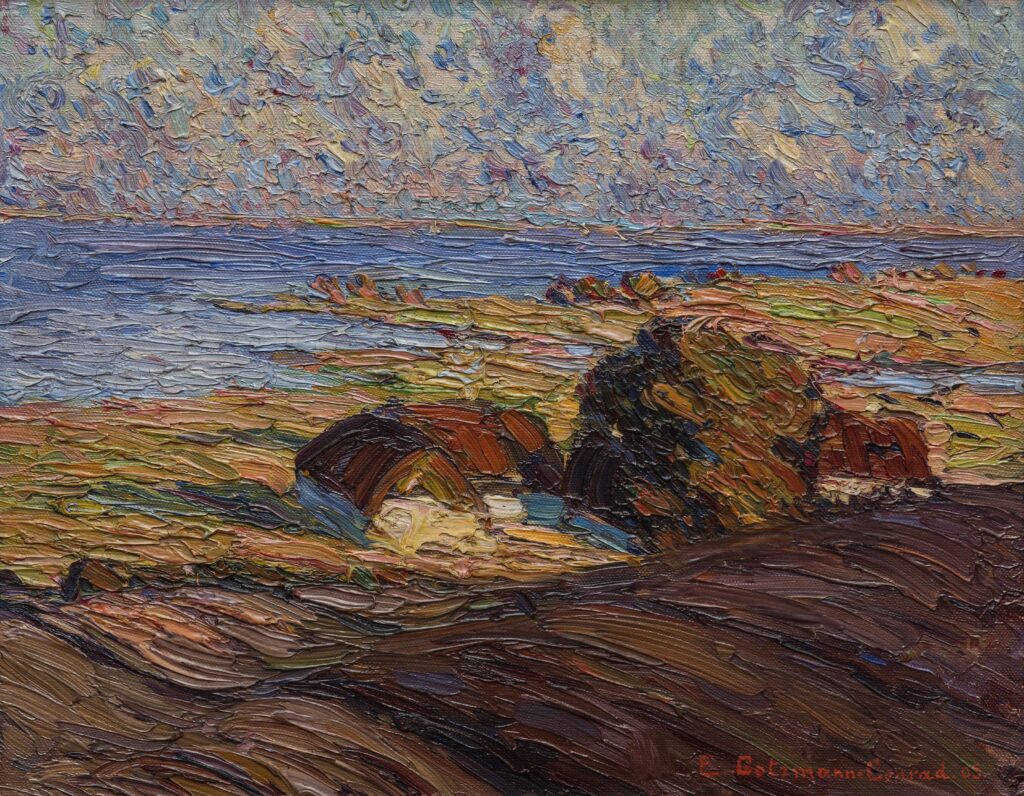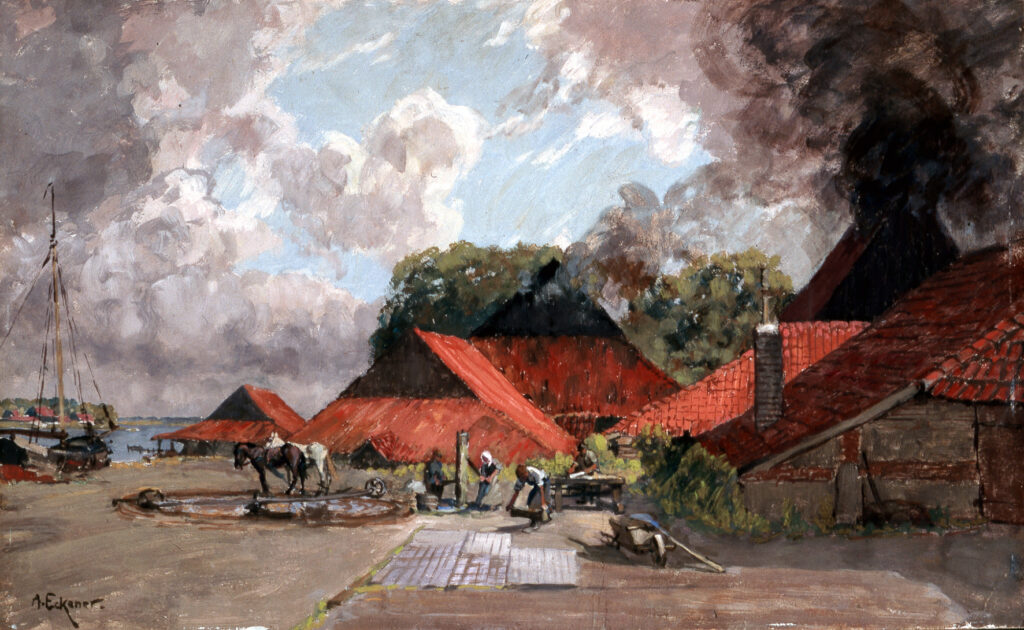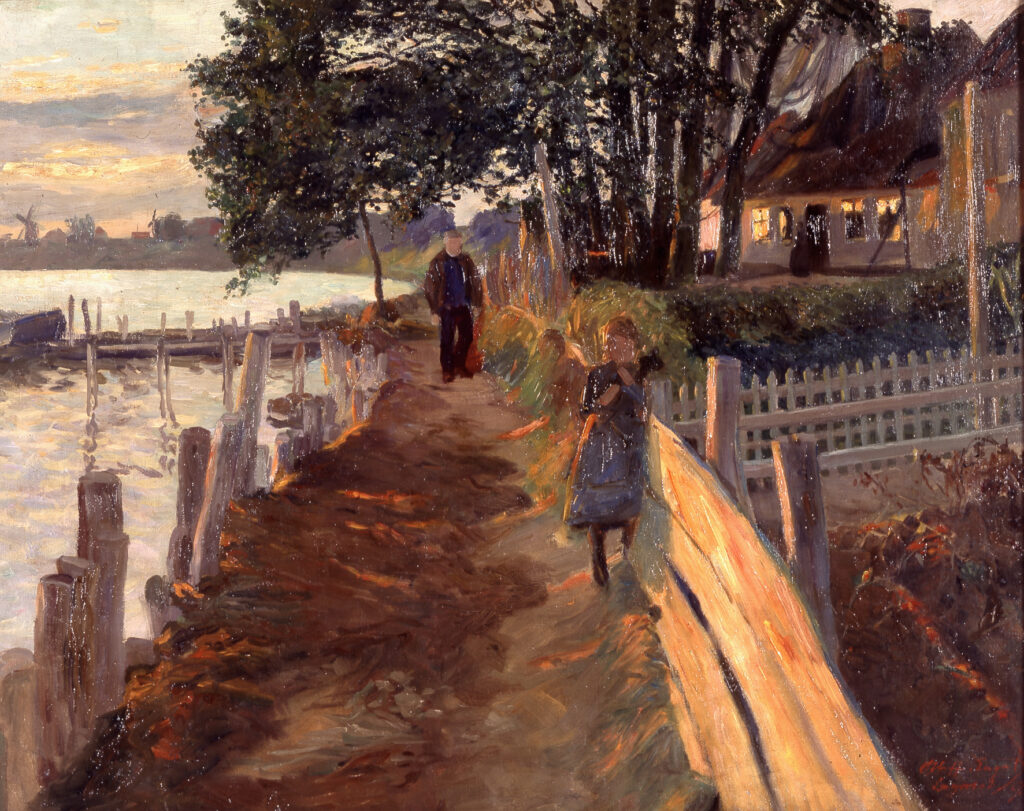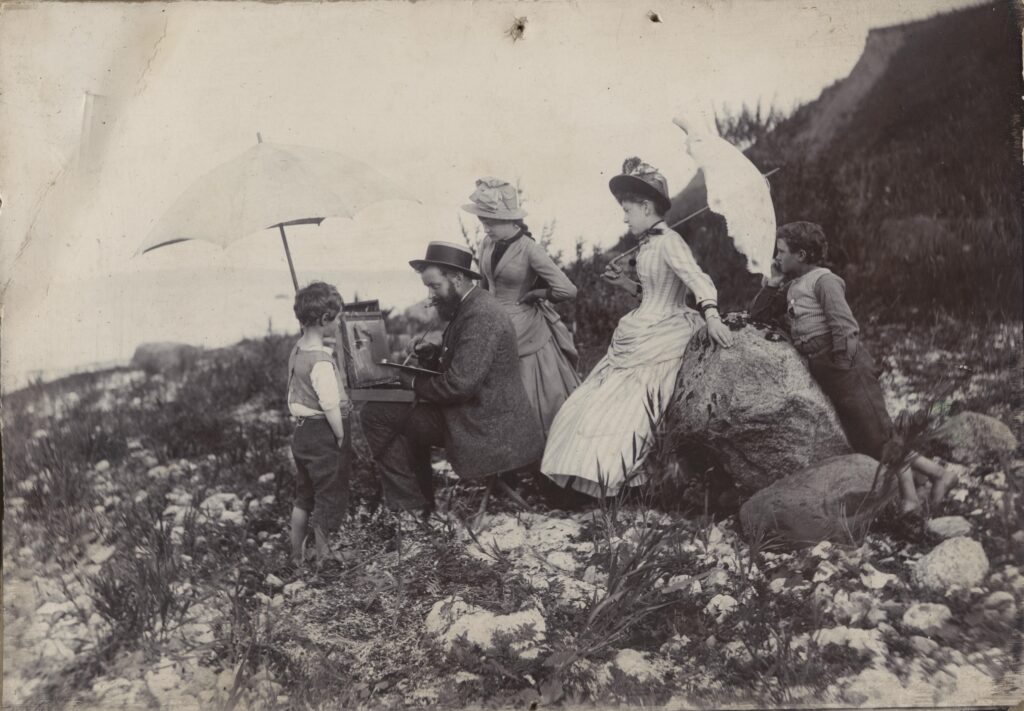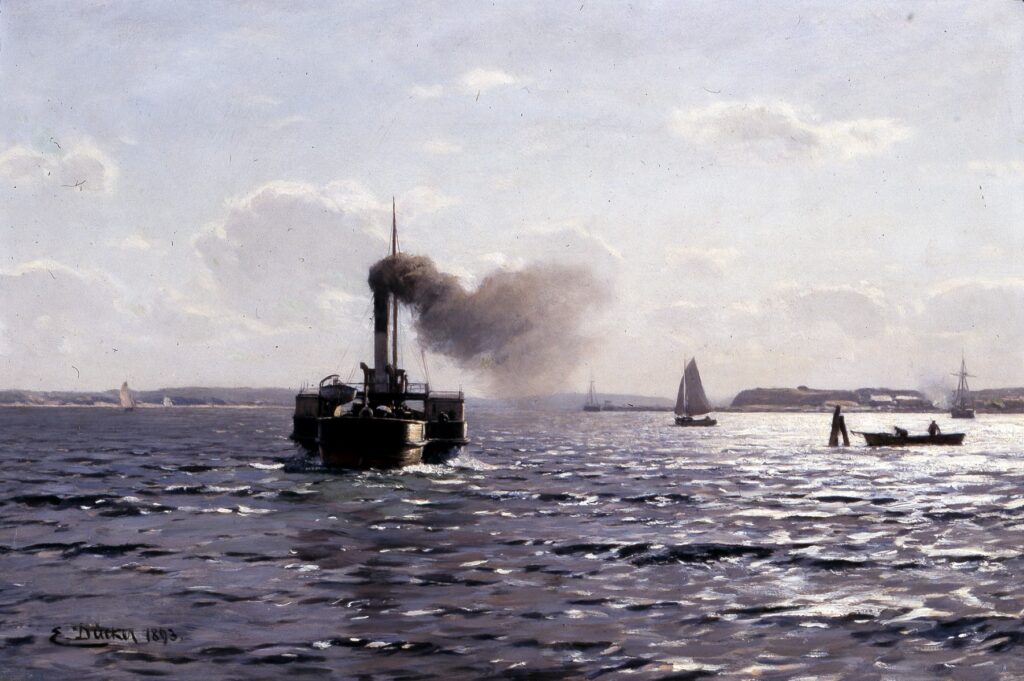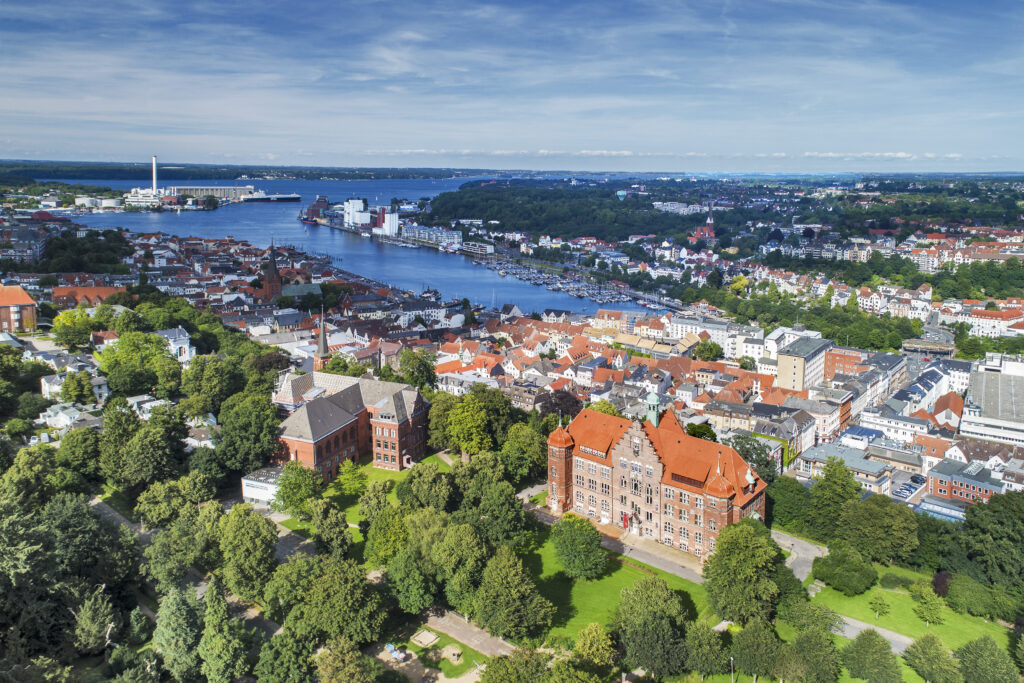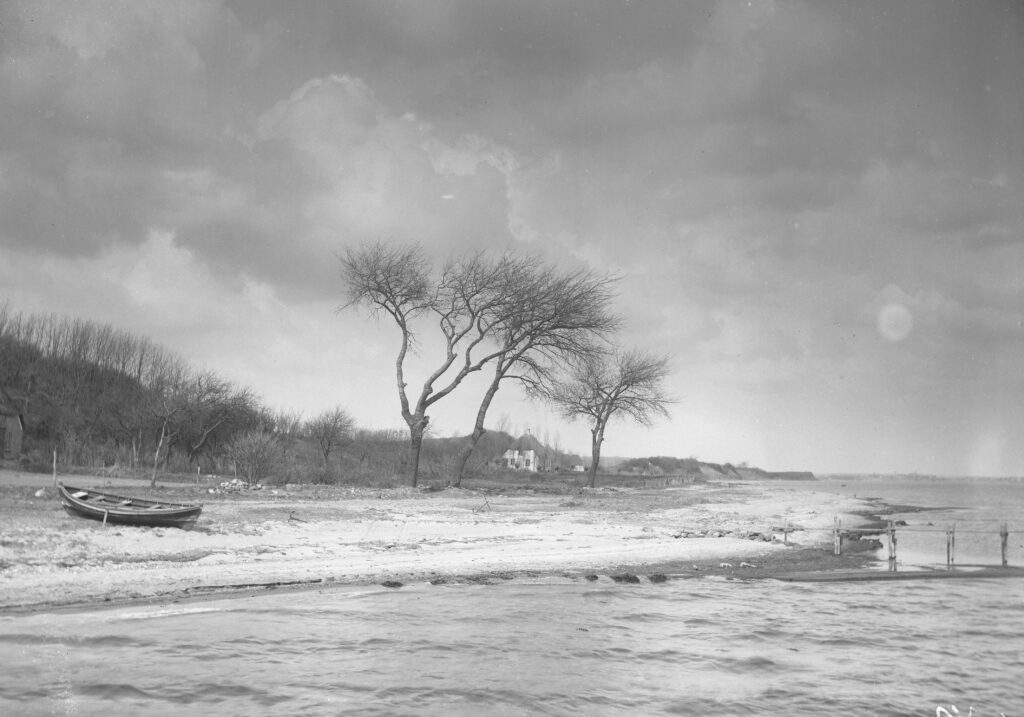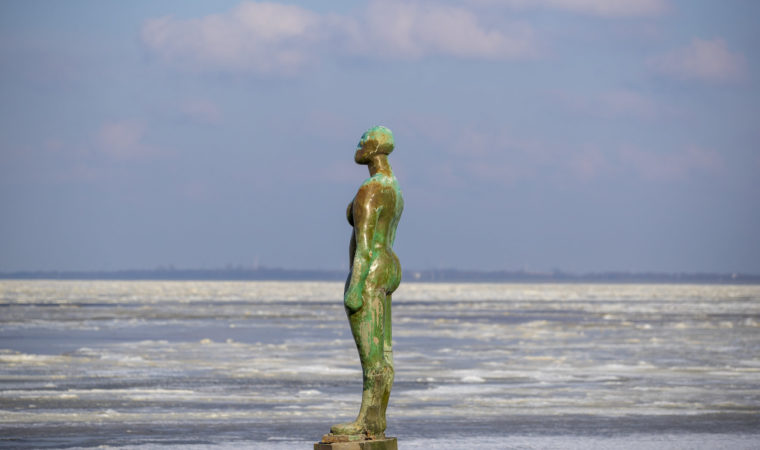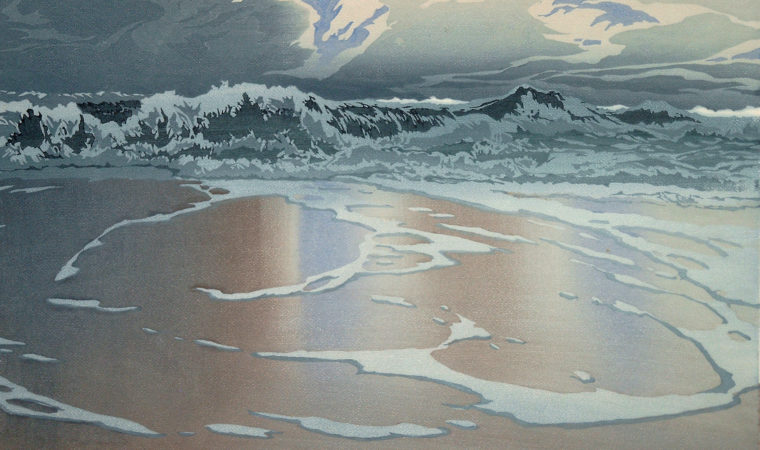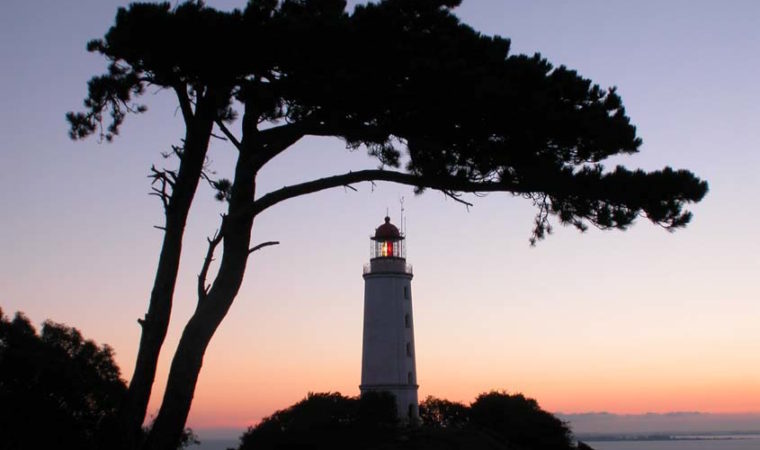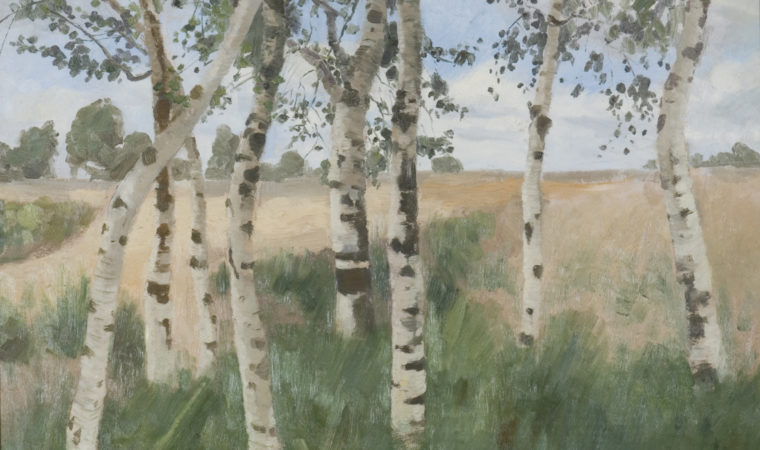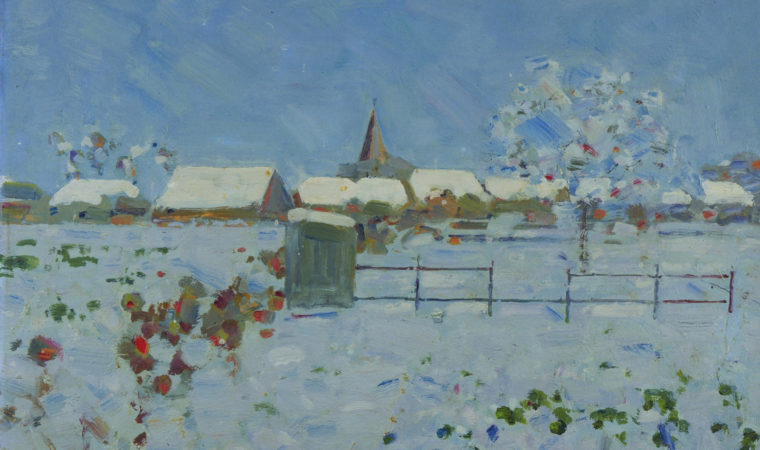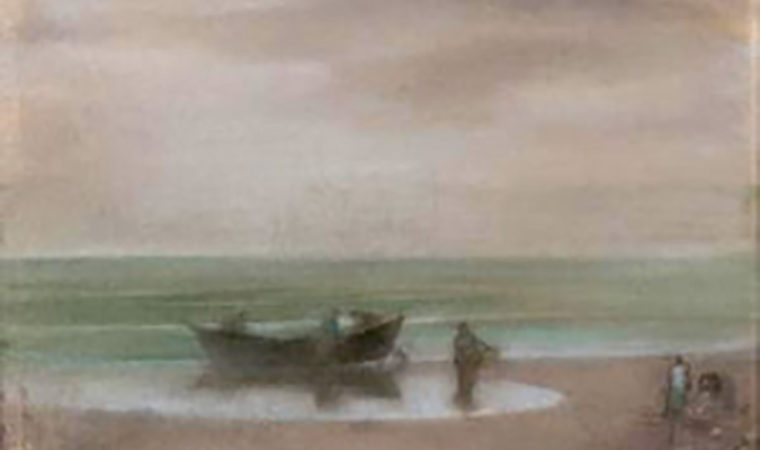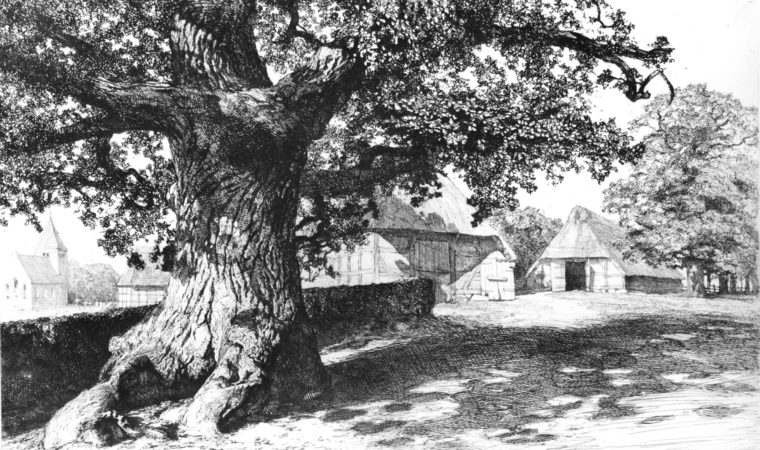The Museumsberg Flensburg is located high above the northernmost city in Germany on the border with Denmark. In two buildings you can discover the art of Schleswig-Holstein and the cultural history of the former Duchy of Schleswig from the Middle Ages to the present day.
The original farmhouse parlours and the historical furniture collection, which is one of the most extensive of its kind in Germany with over 900 pieces, are unique. The large Art Nouveau department displays works by the artist Hans Christiansen. Expressionism is represented by Erich Heckel, Ernst Barlach, Käte Lassen and Emil Nolde. Historical photographs and numerous paintings immerse our guests in the Ekensund artists’ colony on the Flensburg Fjord. Special exhibitions with changing themes and events complete the varied programme for young and old.
Ekensund artists’ colony
When open-air painting celebrated its breakthrough in the late 19th century, artists also found new inspiration in Ekensund. The small village on the northern Flensburg Fjord, which today belongs to Denmark, quickly became a centre of attraction for artists. Pictures of the picturesque landscape created there quickly spread and made the art centre near Flensburg famous throughout the region.
The town on the Baltic Sea was characterised by its varied motifs: untouched nature, simple fishermen and agriculture. What made Ekensund so special were the red roofs of the brickworks reflected in the sea. Renowned painters and professors such as Eugen Dücker from the Düsseldorf Art Academy came with their talented students and thus ensured a new generation of artists. Women who were not yet allowed to study art at this time were offered new opportunities to paint among like-minded people at the Ekensund artists’ colony.
